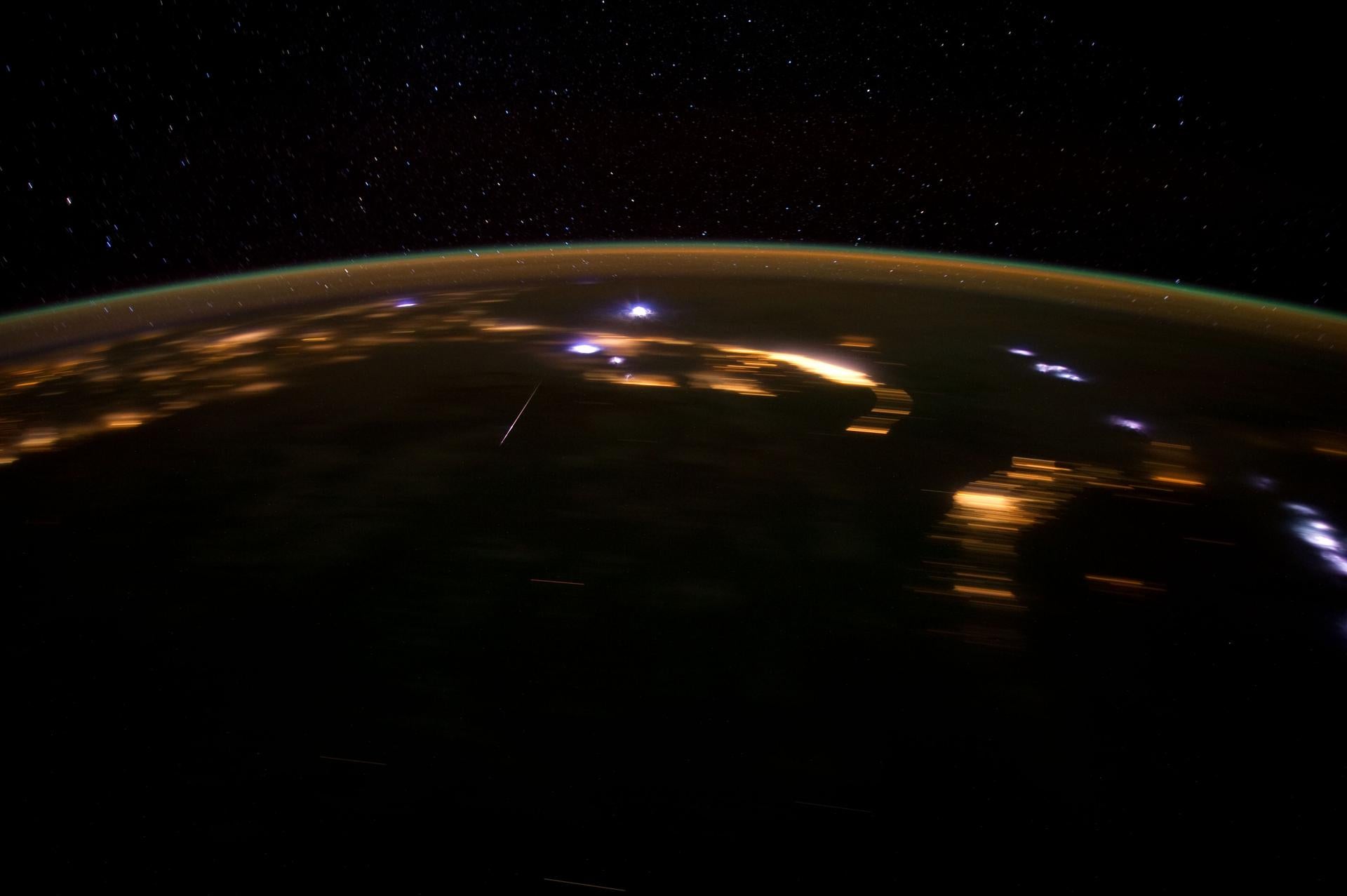Lyrid meteor shower 2024: How to see peak of ‘fireball’ shooting stars
Viewing conditions for the Lyrids could be perfect in the UK this weekend
The 2024 Lyrid meteor shower has arrived, offering skygazers a chance to catch a prolonged display of ‘shooting stars’.
The annual meteor shower radiates from the constellation Lyra – known as the Harp – in the northeastern sky, though the meteors could be visible streaking across any part of the night sky.
The Lyrids will be active between 14-30 April, with the peak taking place from late evening on the night of 21 April until the dawn of 22 April. On this date, about 18 meteors per hour will be visible with the naked eye, travelling at a speed of around 47 kilometres (29 miles) per second.
Viewing conditions in the UK will not be ideal over the next few days, with rain and cloud covering most of the country on Tuesday and Wednesday.
This weekend should present a far better opportunity for people keen to catch a glimpse of the celestial spectacle, according to the latest forecast from the Met Office, as an area of high pressure brings clear skies from Friday.

The Lyrids are one of the oldest known meteor showers, having been first recorded more than 2,700 years ago by Chinese astronomers.
“Lyrids don’t tend to leave long, glowing dust trains behind them as they streak through the Earth’s atmosphere, but they can produce the occasional bright flash called a fireball,” Nasa explained on its website.
An easy way to spot the Lyrid meteor shower is by looking for the star Vega, which is one of the brightest stars in the night sky and possible to find even in heavily light-polluted areas.
Astronomers also advise to look away from the radiant point of the Lyrids, as they will appear longer and more spectacular due to an effect of perspective called foreshortening.
“Find an area well away from city lights or street lights. Come prepared with a sleeping bag, blanket, or lawn chair. Lie flat on your back with your feet facing east and look up, taking in as much of the sky as possible,” Nasa notes.
“After about 30 minutes in the dark, your eyes will adapt and you will begin to see meteors. Be patient – the show will last until dawn, so you have plenty of time to catch a glimpse.”
Join our commenting forum
Join thought-provoking conversations, follow other Independent readers and see their replies
Comments